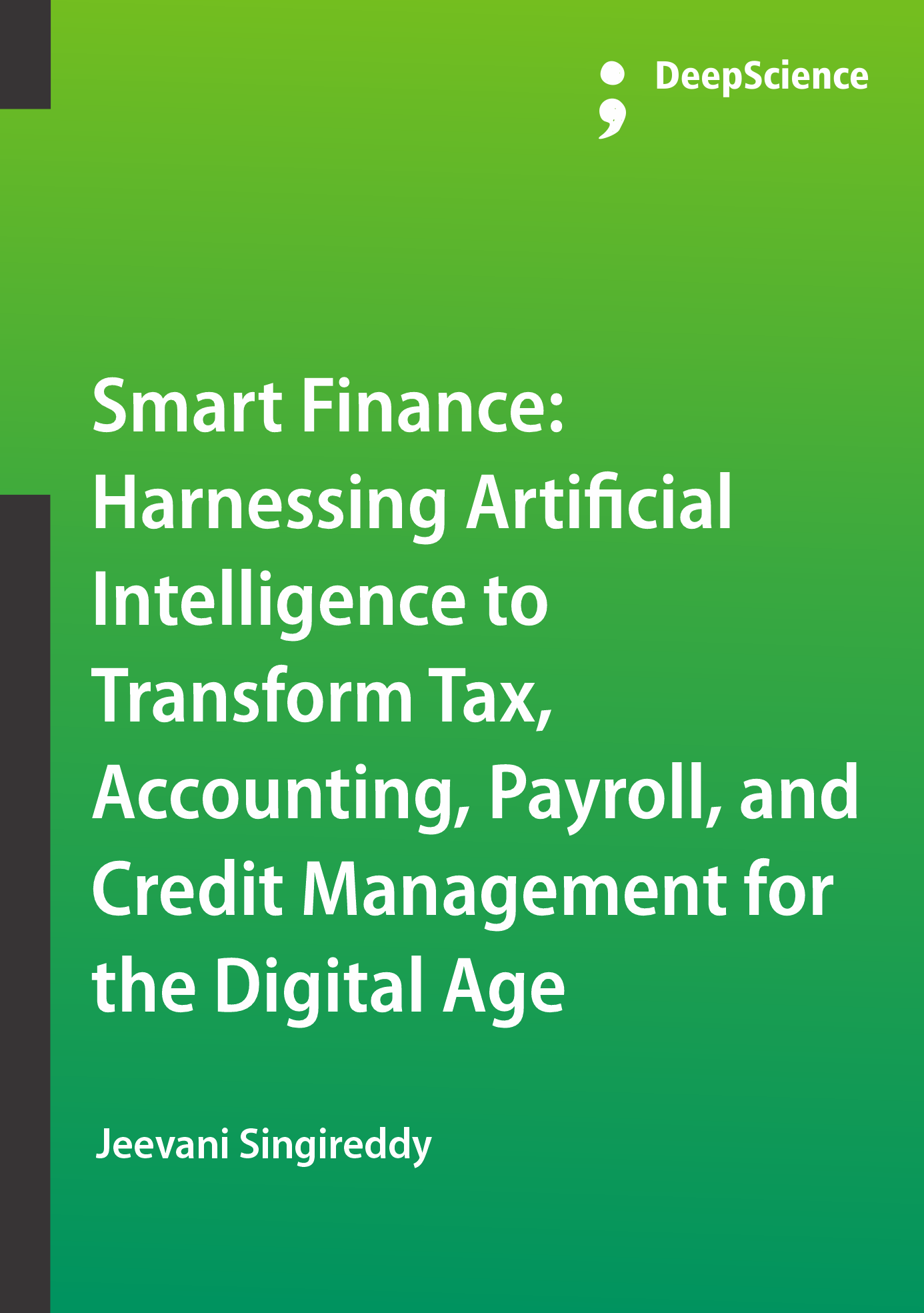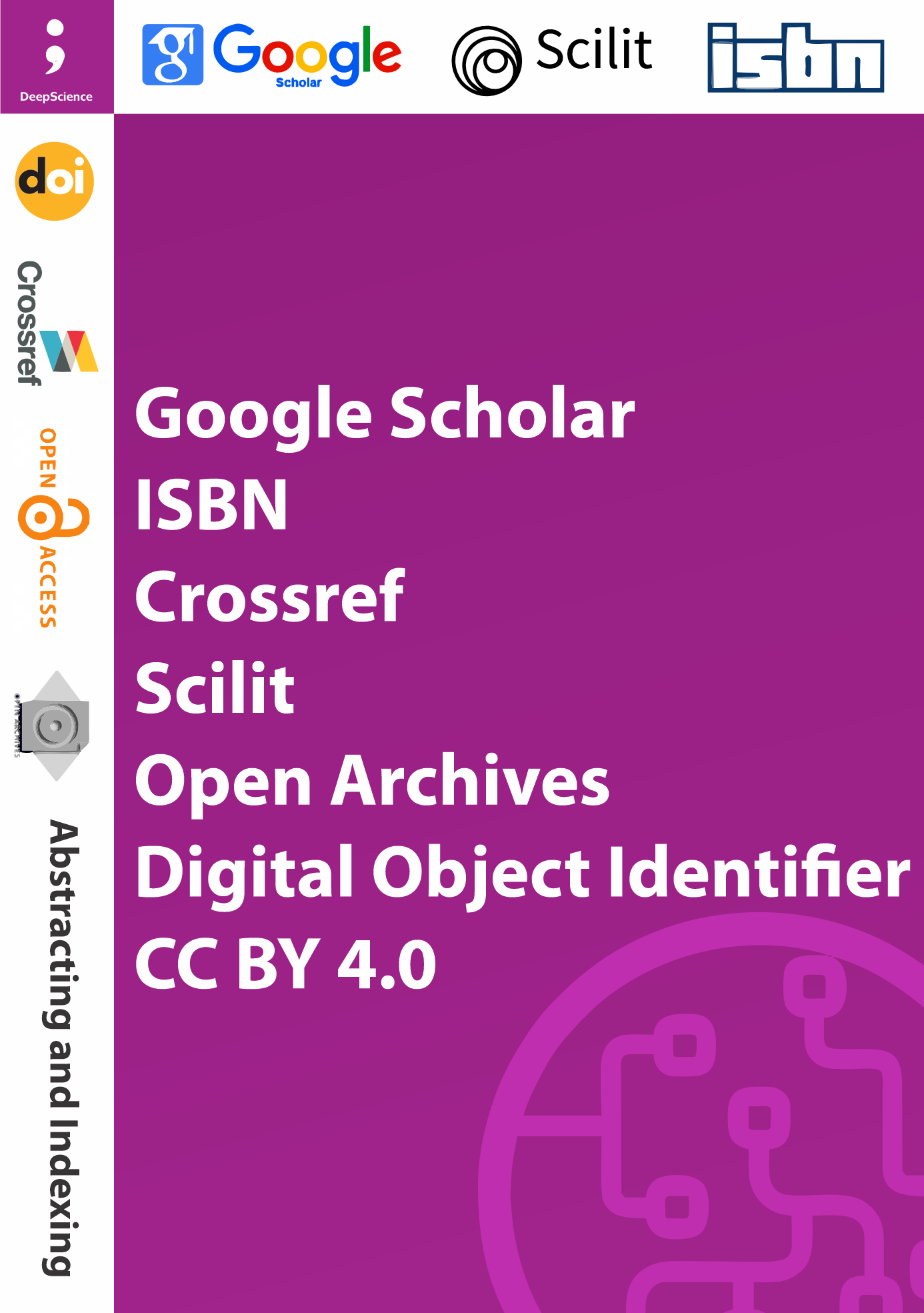Cloud finance architecture: Designing scalable and secure artificial intelligence infrastructure for financial applications
Synopsis
There is growing interest and activity in incorporating end-to-end sequencing of data processes, connected machine learning, user-engagement, and audio-visual channels in the development of AI products and services. Attaining successful capital and donor allocation and attracting a target audience can present substantive challenges in network governance, user participation, incentives, financial sustainability, and the authority distribution between intelligence and human actors. Studies in these domains can provide guidance on the assurance of an aligned algorithm, policy runs, pro-user behaviors, and the effects on the specific responsibility of owners, engineers, and data; and the substantive protection of data against unauthorized access and malicious models.
AI finance tools are expected to overcome the limitations of conventional tools regarding the operating data, time, and volume of financial feed, and to relieve the unavailability of the currency type and quality of data in order to discard loss of opportunities. Computer vision and text mining methods can effectively accumulate and process heterogeneous, unstructured, semi-structured, and unknown forms of data. Armed with first-hand time-captured financial values, these tools can identify tens of widespread behavioral turning points across market participants and news agencies which account for the unprecedented information uproar and aftermath sequences.
Quality measures, service metrics, habit models, and behavioral patterns can be examined for personalized recommendations. Temporary adaptation is needed to reflect the change of preference sentiment temporally. Latent attributes may embody factors in models of spatio-temporal-entity-resource continuous recommendation, fragrance commutation, smart sampling, and price exploration. Treatment identification based on large sequential data and models in directible behavior targeting and mechanism design account for discounts, loyalty programs, advertisements, and issue events.
All matters in principle to do with rational actors, behavioral prediction, and behavioral interventions can be comprehensively represented as distributed behavioral preference models to embed human common-sensory observations. Knowledge crowdsourcing and intelligent agents observe the online behaviors of a certain group on digital platforms to expand knowledge, mitigation shots, and knowledge discovery. Comprehensive modeling captures the heterogeneous scale cluster of crowd agents and builds agent states, representation of knowledge discovery, and network dynamics on different scales.













